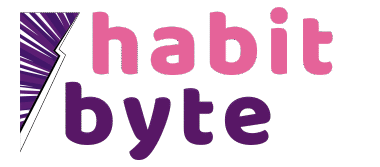Step-by-Step Guide to Unlock Your Fitness Potential with a Structured Weekly Workout Routine
Whether you’re a fitness newbie or a seasoned gym-goer, a well-structured weekly workout routine can help you reach your fitness goals faster. This step-by-step guide will walk you through creating an efficient weekly routine that targets all major muscle groups, allows for rest, and employs progressive overloading for continuous improvement.
Step 1: Understand the Importance of a Weekly Workout Routine
Without a structured routine, you risk overworking some muscles while neglecting others, leading to imbalances and potential injuries. Structuring your workouts ensures you’re hitting all muscle groups evenly and gives your body adequate time to recover.
Step 2: Identify Your Muscle Groups
First off, it’s essential to understand the different muscle groups you’ll be working out. These are typically divided into five categories: chest, back, arms and shoulders, abs, and legs. By targeting each group at least once a week, you ensure a well-rounded routine.
Step 3: Create Your Weekly Workout Schedule
Now that you know what muscle groups to target, it’s time to structure your weekly workout schedule. Here’s an example:
- Monday: Chest and Abs
- Tuesday: Legs
- Wednesday: Back and Shoulders
- Thursday: Rest
- Friday: Arms and Abs
- Saturday: Legs
- Sunday: Rest
Step 4: Understand the Concept of Split Training
Yes, it’s not only okay, but beneficial to workout different muscles each day. This approach, known as split training, allows for targeted training of each muscle group, leading to more efficient workouts and better results.
Step 5: Learn About Progressive Overloading
Progressive overloading is a critical component of any workout routine. This concept involves gradually increasing the amount of stress placed on your body during exercise. This can be achieved through increasing weight, performing more reps, or reducing rest time between sets.
Step 6: Implement Progressive Overloading
Let’s say you’re currently bench pressing 50kg for 10 reps. To implement progressive overloading, you might increase this to 55kg the following week, or stick with 50kg but aim for 12 reps.
Step 7: Finalize Your Workout Routine Program
Now that you understand the basics, it’s time to create your personalized workout routine program. Remember to start slow if you’re new to fitness, and gradually increase intensity to avoid injury. And don’t forget to include at least two rest days for optimal recovery.
Summary
Structuring your weekly workout routine may seem daunting at first, but with a little planning and persistence, it can become second nature. By targeting different muscle groups each day and implementing progressive overloading, you’ll be well on your way to achieving your fitness goals.
Remember, consistency is key. Make your workout routine a regular part of your week, and you’ll soon start to see and feel the benefits. Happy training!
